The Fugue
A musician’s inner frights, revealed under stage lights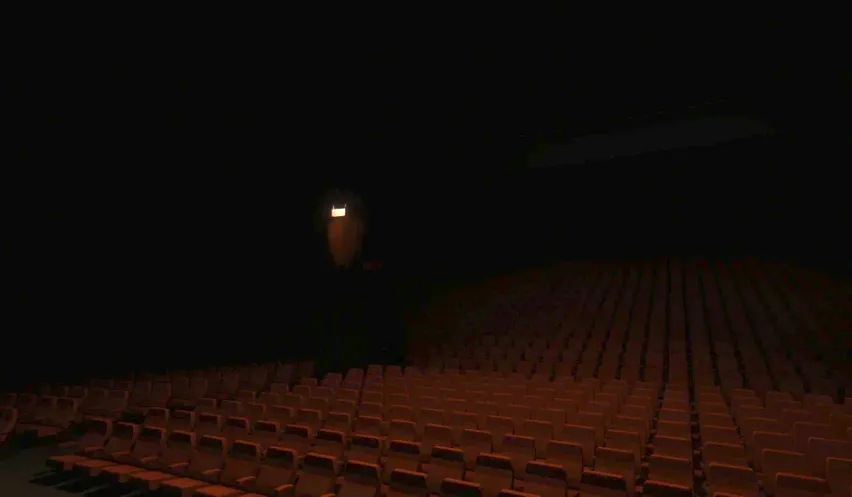
The Fugue is an interactive VR experience where you are placed in the psyche of a musician. Doubtful about his capabilities and merits, a celebrated pianist’s perception of reality and dreams becomes increasingly distorted as he prepares for his biggest performance yet.
This project was created for IAT 445, an immersive environments course for VR. I led the project and worked as an environment/level designer, story/narrative writer, programmer, and producer. Other members of the team included: Bill Gao, Megan Le, Herbert Li, Joshua Lukman, Leo He, Thanh Truong.
Coming up with an idea
During our initial brainstorming sessions, we looked at themes and ideas that could be explored in virtual reality. I suggested the idea of dreams and manifest vs. latent content in dreams. Settling on the topic of performance anxiety, our goal was to provide a firsthand experience of someone who is striving for greatness and dealing with the anxieties that occur as a result of this self-inflicted pressure, as well as conveying a sense of empowerment that is felt after overcoming obstacles. The desired experience was not intended to be so much disturbing or anxiety-inducing as it was transformative.
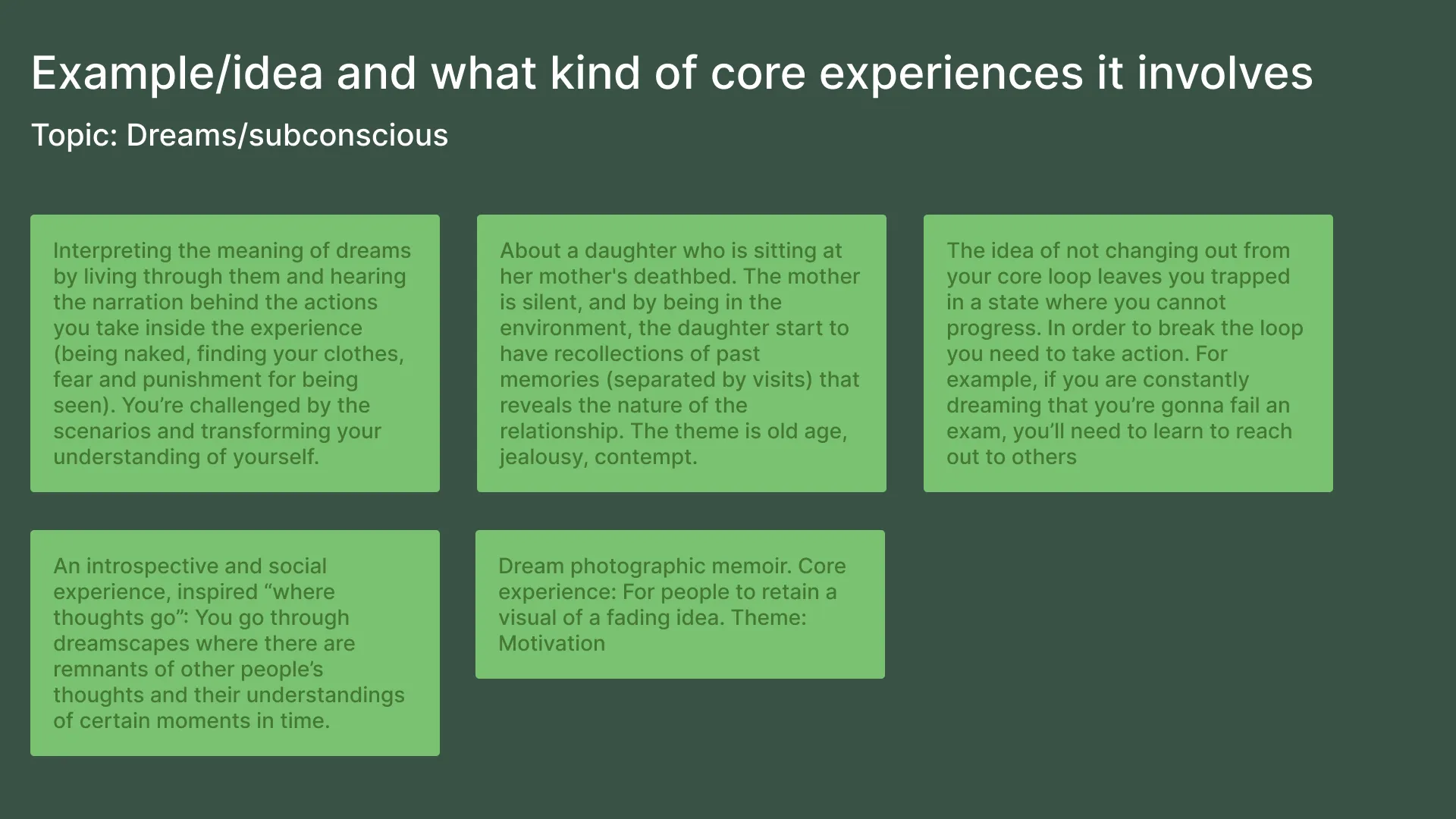
Settling on introspection and dreams, we narrowed our focus and brainstormed on ideas.
Initially, the experience was designed to have four levels, two being in reality and the rest in dreams, and have the player transform between them, having time to explore their room inbetween. Due to the time constraints, we settled on three levels, the first being a dream where the player gets thrown into a seemingly real scenario where they have to perform a piece in front of a crowd.
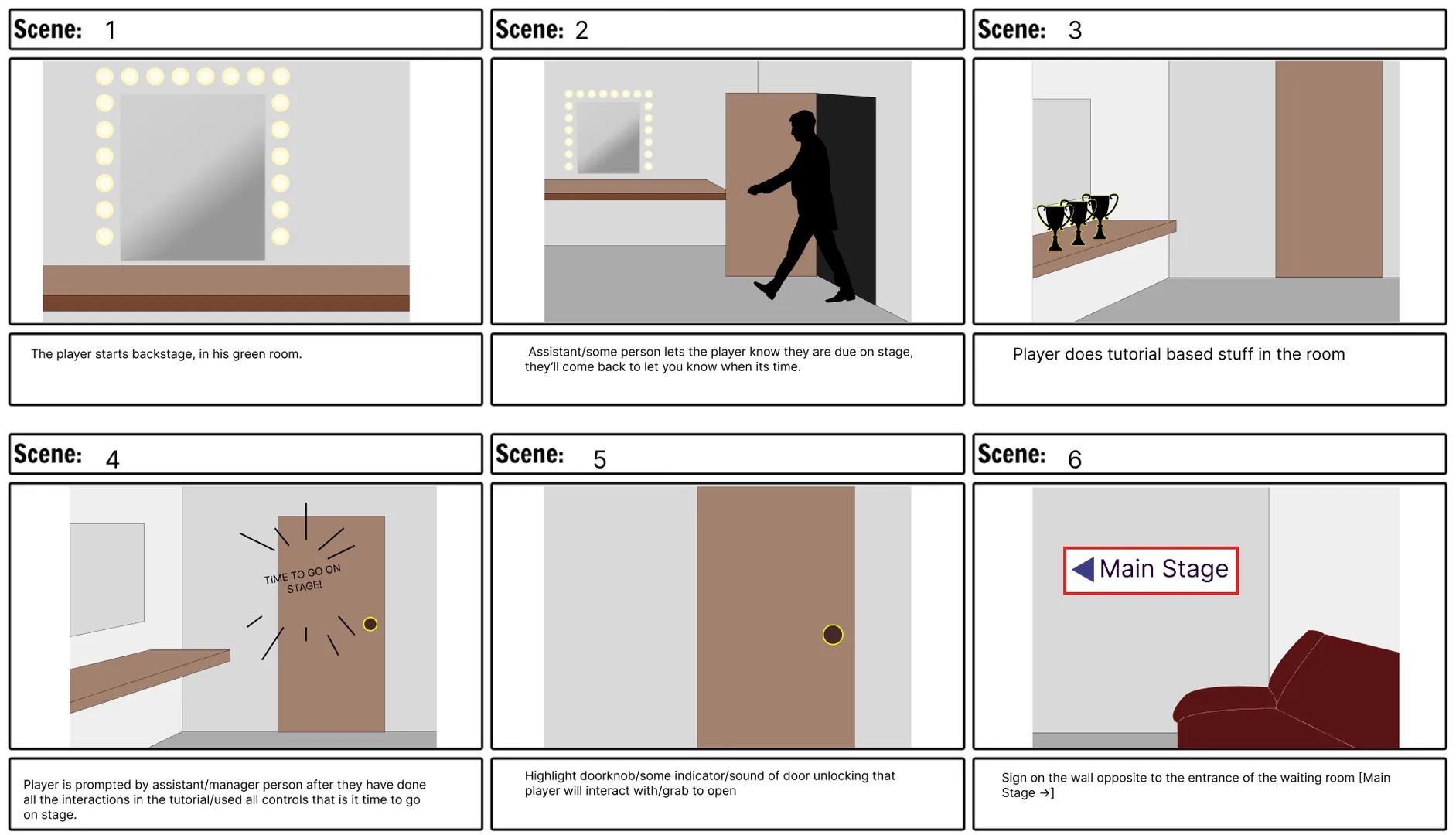
An early storyboard for the first level, highlighting beats and sequences.
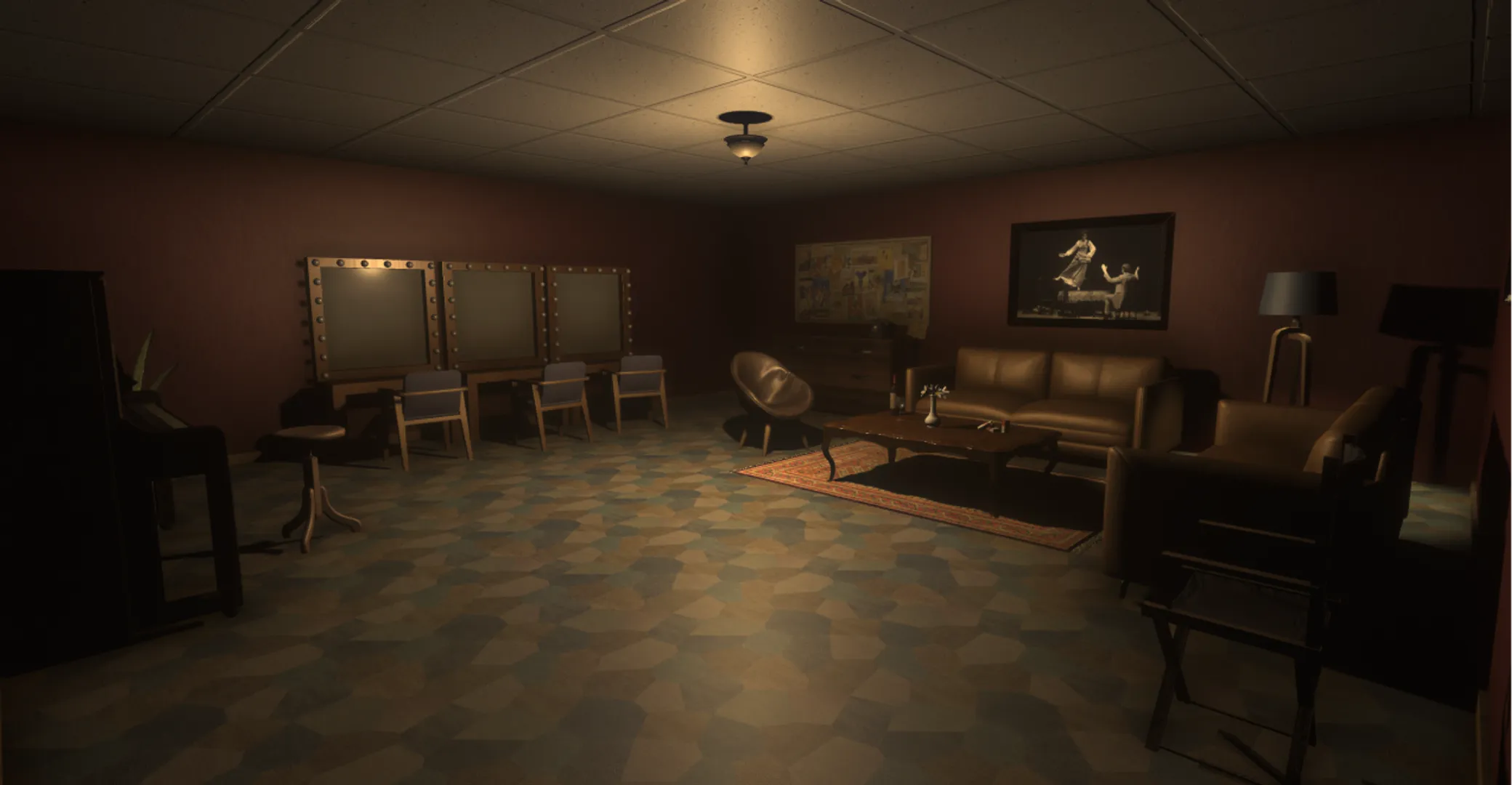
The player starts in a green room, unaware they’re in a dream.
Challenges in movement
Early on, locomotion turned out to be a challenge. Continuous movement in VR can cause motion sickness; as a result, many projects opt for teleportation to make the experience less jarring. We sensed that teleportation goes against the player’s expectation of a dreamlike state and breaks the flow, so we also tested head-directed movement with joysticks and decreasing speed, which turned out to be an acceptable compromise. This was especially effective for the project as the slow movement helped to create suspense.
Slowly walking towards the stage, the player experiences the point of view of a performer.
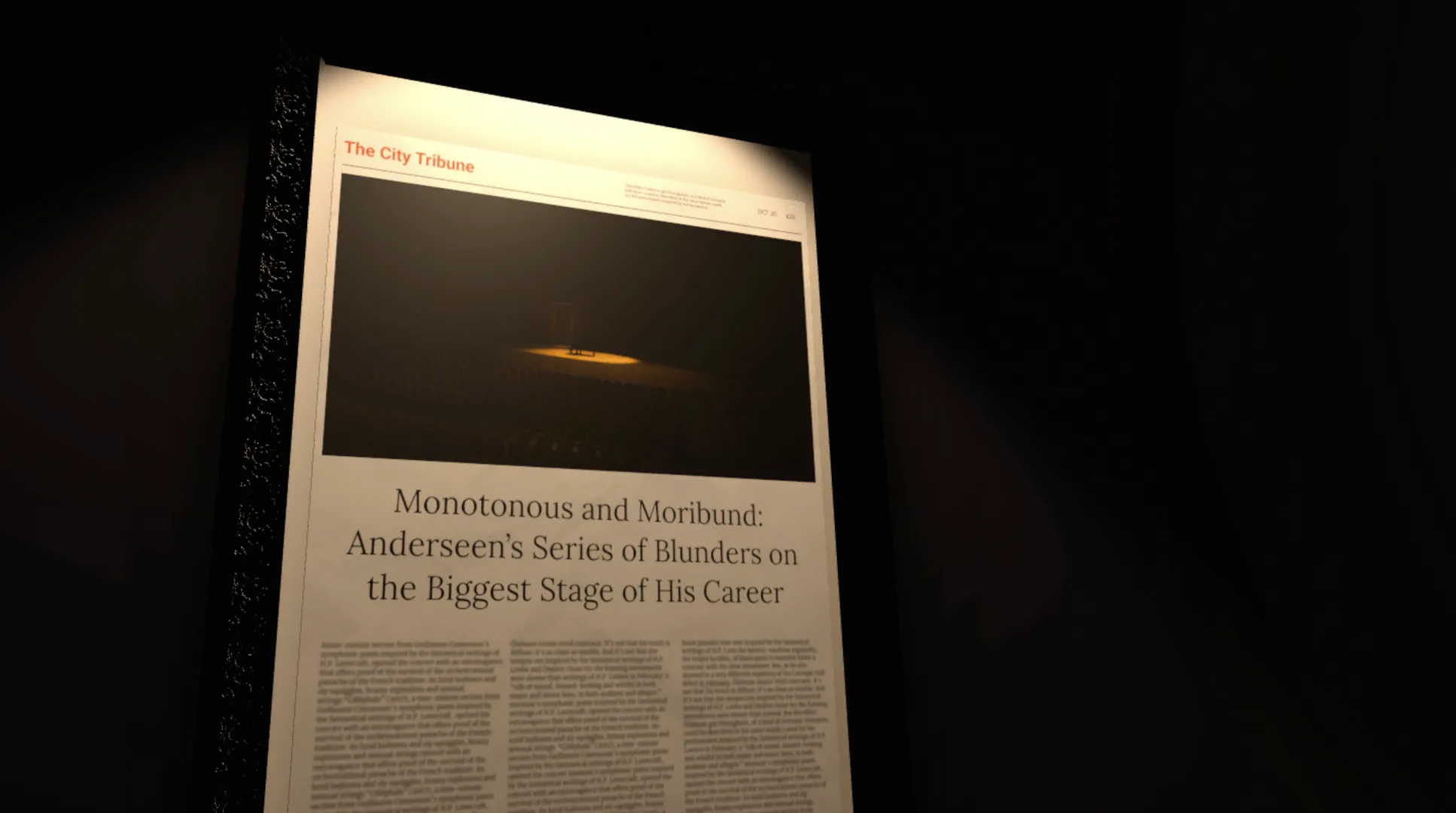
After a nightmarish performance, the player has to face the backlash that comes with it.
The difficulty in movement meant players would be hesitant to explore the level or be too immersed in the environment to pay attention to level progression (our primary audience had no prior VR experience). Exploring different elements, I realized that light was an effective guide for players, especially in VR as it elicited a visceral reaction. Our VR headset had an OLED screen, which meant the pixels would turn off in pitch-black environments. Throughout the levels, pathways and destinations were lit with lamps, a recurring object in the player’s dream.

When in doubt, move towards the light.
Players were able to understand that movement towards light means progression in the story. The strategic placement of the lights obfuscated this fact and made them natural elements in the game environment (such as the exit light in the first image).
Teaching the controls
On the exhibition day, where we showcased our project, many teams taught game controls in person, before the player started the VR experience. In the interest of preserving immersion, I decided to create a tutorial level, where the player learns the controls on their own through a dreamy experience that fits the theme of our work.
The player learns the controls in-game.
With the exception of one person, those who showed up to our booth and played our game (+10 people) were able to learn the controls through the tutorial section.For an even more straightforward guide, we could have implemented an in-game video for players to watch, but that did not seem necessary.
Looking back
The Fugue was a complex project with a few ambiguities that required hypothesis testing and lots of design and development cycles. Throughout this process, we were able to carve out the essence of a dreamlike state by creating an immersive experience in virtual reality.
While working on the project, I created a few checkpoints and guidelines that we followed to ensure our success, some of which were shared by our peers and instructors with whom I spoke:
- Make sure your team has a shared vision. Everyone should understand the purpose of the project and be able to explain it in order to be able to meaningfully contribute.
- Test often and early. Create design hypotheses, test them with people outside the team, and be open about their feedback.
- Create a physically immersive space for players before they put on the VR headset. It should be relevant to the project and put them in the correct headspace for experiencing your work.
- Consider how your chosen locomotion technique and interaction modes affect players and their sense of immersion. What are the crucial elements that make your work immersive? Sound is often underappreciated, yet it can completely change the tone of a scene.